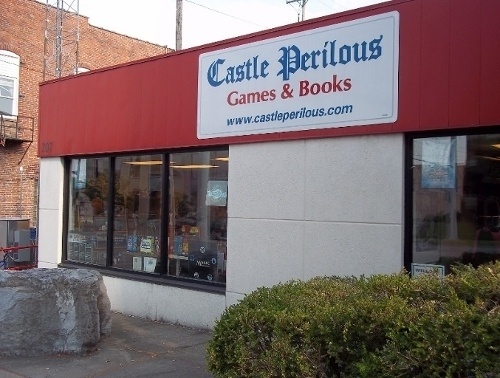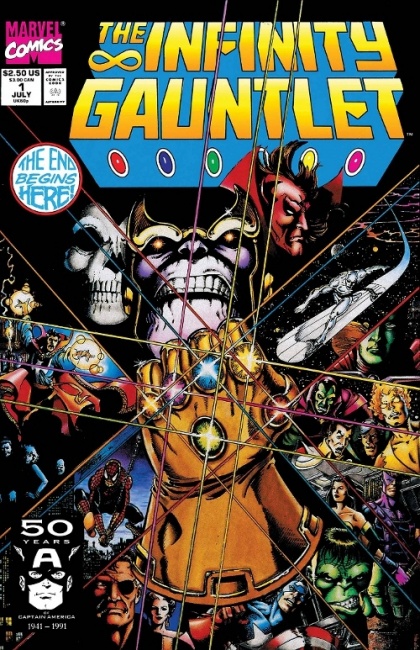Rolling for Initiative is a weekly column by Scott Thorne, PhD, owner of Castle Perilous Games & Books in Carbondale, Illinois and instructor in marketing at Southeast Missouri State University. This week, Thorne looks at the impact of anchor points on pricing, and on the perceptions of a customer bringing in a comic book collection.
Although we focus on boardgames, card games, TCGs and miniatures, we do carry comics as a sideline and participate in the annual Free Comic Book Day. I will leave it to other stores that focus more heavily on comics to discuss the ins, outs and successes of the event. However, an incident took place that got me thinking about behavioral economics and one of my favorite concepts therein, the anchor point.
I have mentioned the concept of the anchor point in past columns. Anchor points come into play when a business sets a price on a product in a category either higher or lower than normal which then causes consumers to re-evaluate their perceptions of the price on other items in the category based on the high or low-priced item.
For example, Walmart often uses the anchor point to create a perception of low prices on everything within a category by reducing the price abnormally low on just one item. By reducing the price on, say, a TV to $149.99, the company sets a low anchor point for the other TVs it sells. The anchor point Walmart sets on that particular TV is lower than the price a customer would find on that particular television wherever they shopped. Walmart then prices its other televisions similarly to what other retailers sell price them but, because of the low anchor point, the other televisions are also seen as lower prices.
Anchor points are often used with high-priced products, making them seem cheaper. A few years ago, during the GAMA Trade Show, I had the opportunity to have dinner with a couple of other store owners at Gordon Ramsay’s Steak. Now, when I typically go out to eat, I will spend $10 to $20 on a meal. However, at Steak, the average entre runs about $100. When a Porterhouse steak sells for $117, it makes the roasted chicken breast at $36 seem like a steal. Very few people order the Porterhouse steak. It is there to make other items on the menu look much more reasonably priced and lower customer resistance to purchasing them.
This is why I like to have expensive Magic cards on display at the store. We very seldom sell them but having a card in the case selling for four figures makes that $25 "Mox Amber" look much more reasonably priced.
Anyhow, back to the original incident. Today, we had a customer bring in some comic books for us to look over. He was curious as to how much they were worth. Among the books was a copy of Infinity Gauntlet #1, signed by George Perez, with a certificate of authentication. After a few minutes of research among various comic prices sites, eBay and Amazon, we told him it was the most valuable book in the lot, but that the price was all over the place, with sellers pricing it anywhere from $25 to $160. His response "Oh, that's all?” The customer figured that 1) all of the interest in Avengers: Infinity War would have driven up the price of the book and 2) he had heard such high prices paid for first issues of books that he had set an anchor point for the value of his book at a much higher point than the price people were currently willing to pay for it. In this case, a little knowledge was indeed a dangerous, or at least disappointing, thing.
The opinions expressed in this column are solely those of the writer, and do not necessarily reflect the views of the editorial staff of ICv2.com.

Column by Scott Thorne
Posted by Scott Thorne on May 7, 2018 @ 12:42 am CT




